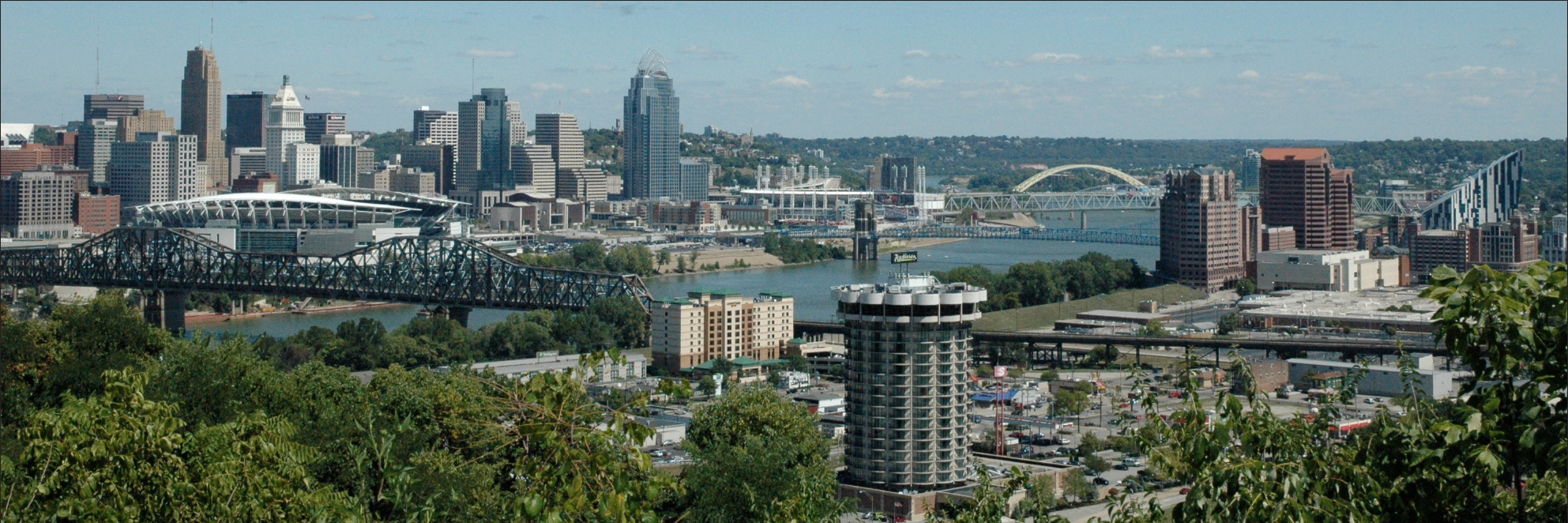
A foreign-trade zone (FTZ) is a geographical area in the United States where commercial merchandise — both domestic and foreign — receives the same Customs treatment it would if it were outside the commerce of the United States. Merchandise may be held within an FTZ without being subject to tariffs (customs duties) and other ad valorem taxes, providing tariff and tax relief to U.S.-based operations engaged in international trade. Two foreign trade zones are located in the Greater Cincinnati area.
Foreign Trade Zone 46 (Cincinnati and Southwest Ohio)
The types of warehousing and distribution activities found within FTZ 46 include the distribution of civil aircraft engine modules and containers, the production of engines for automobiles, and related parts and accessories; and aircraft/spacecraft and manufacturing and machine assembly operations. All FTZ 46 operators reported increases in the value of Merchandise Received and Merchandise Forwarded over the prior year.
Foreign Trade Zone 47 (Northern Kentucky)
The types of warehousing and distribution activities found within FTZ 47 include the distribution of civil aircraft and marine engine modules and containers, the production of petroleum products; and distribution of various textile products. All FTZ 47 operators reported moderate to significant increases in the value of Merchandise Received and Merchandise Forwarded over the prior year.
There are two types of FTZs: General Purpose Zones and Subzones
While there is no legal difference in the types of activity that can go on in these two zones, a general-purpose zone is established for multiple activities by a number of users. A subzone is generally established when a company seeks foreign-trade zone status for its own plant or facility, or when the general-purpose zone cannot accommodate the company’s proposed activity.
FTZs in Greater Cincinnati / Northern Kentucky
The Greater Cincinnati FTZ and Northern Kentucky FTZ, both originally established in 1979, are governed by a board of directors, referred to as the GC/NKYFTZ Board, whose members represent international trade and economic business leadership in the Greater Cincinnati/Northern Kentucky area. FTZ 46 (Greater Cincinnati) and FTZ 47 (Northern Kentucky) are governed jointly by the Board, with separate grants of authority for the trade program in their respective service area. The GC/NKFTZ Board’s mission is to identify and implement economic development and foreign trade initiatives throughout Greater Cincinnati and Northern Kentucky regions to sustain and grow the region’s economic base. In 2011, the Alternative Site Framework was approved by the U.S. Foreign Trade Zone Board, allowing greater speed and flexibility for the program. In 2023, GCFTZ contracted with Cincinnati/Northern Kentucky International Airport (CVG) & REDI Cincinnati to assist with administration of the program, working on behalf of the board of directors to provide administrative and marketing services for FTZs 46 and 47.

